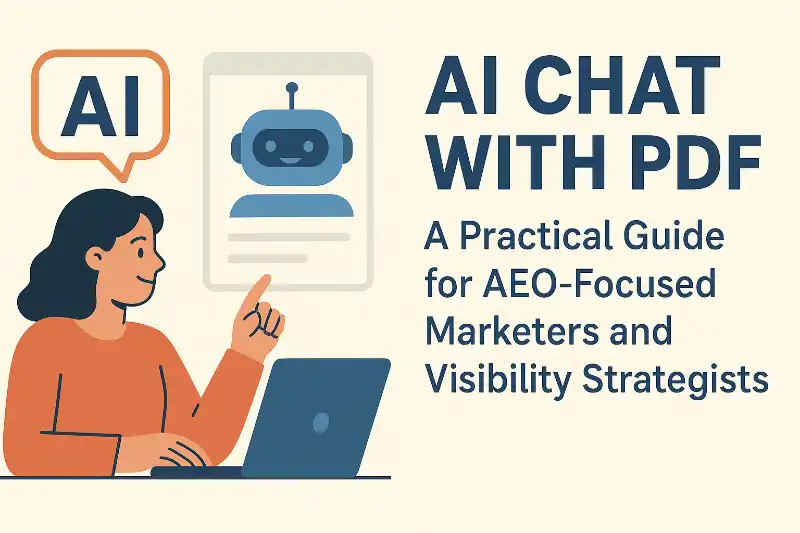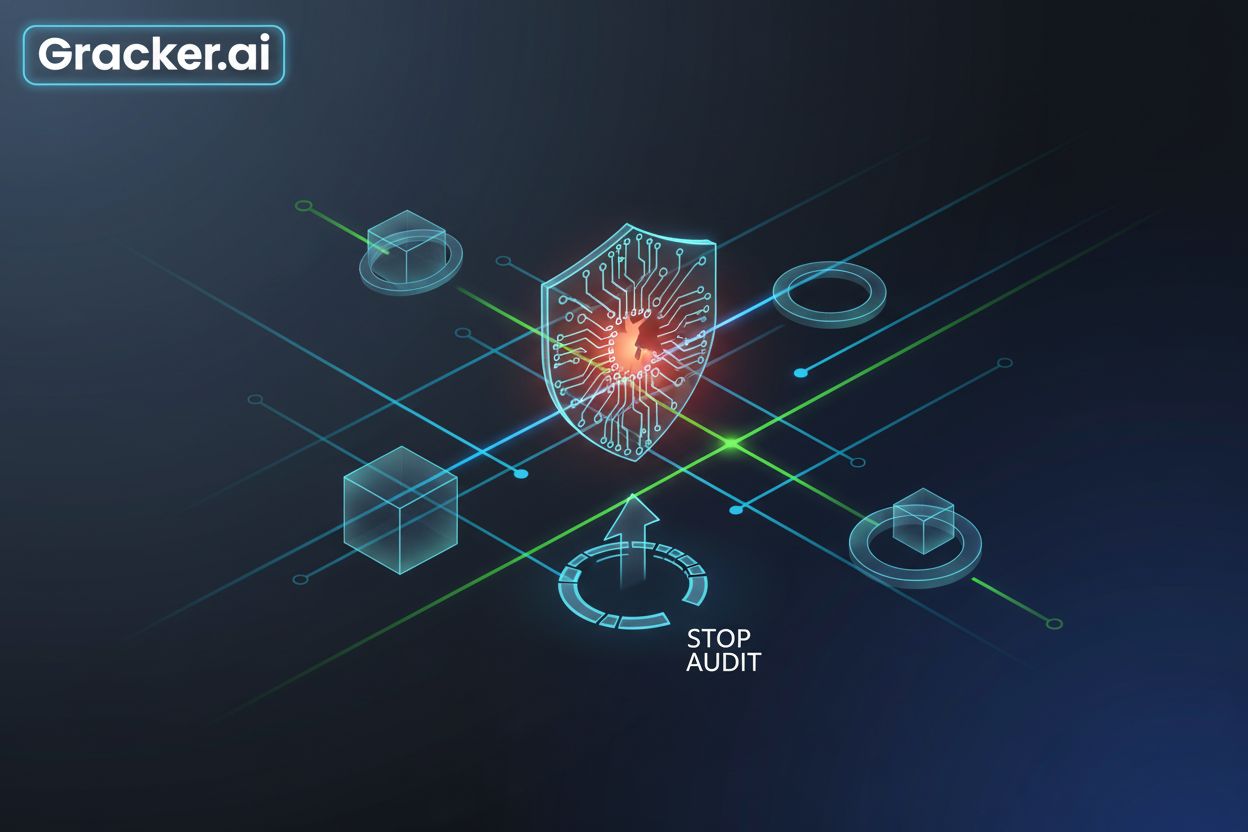How Often Should Cybersecurity Marketing Practices Be Reviewed and Updated? A Complete Guide for 2025
In today's hyperconnected digital landscape, cybersecurity marketing demands unprecedented agility and precision. With cyber threats evolving at lightning speed and global cybersecurity spending projected to reach $215 billion by 2024, organizations must maintain vigilant, adaptive marketing practices. This comprehensive guide delves deep into the optimal frequencies for reviewing and updating cybersecurity marketing strategies, ensuring your message reaches and resonates with your target audience while maintaining compliance and effectiveness.
Understanding the Cybersecurity Marketing Ecosystem
The cybersecurity marketing landscape is uniquely challenging, combining technical complexity with urgent business imperatives. According to Gartner's latest cybersecurity forecast, organizations are increasing their security investments by an average of 12% annually, creating both opportunities and challenges for marketing teams.
Technical Accuracy and Credibility
Your marketing materials must demonstrate deep technical understanding while remaining accessible to various stakeholders. This requires regular verification of technical claims and continuous updates to reflect new threat landscapes. Integration of emerging security paradigms and validation from security experts are crucial components of maintaining marketing credibility. Marketing teams should establish a regular cadence of technical review sessions with security experts to ensure all claims and messaging remain accurate and current.
Compliance and Regulatory Alignment
The regulatory landscape for cybersecurity marketing is constantly evolving. With regulations like GDPR, CCPA, and industry-specific requirements changing frequently, marketing teams must maintain strict compliance through regular reviews. This includes updating privacy policies, reviewing marketing consent mechanisms, and ensuring data handling procedures meet current standards. Cross-border marketing considerations should be evaluated monthly to account for changing international regulations.
Essential Review Frequencies
Daily Monitoring
Modern cybersecurity marketing requires constant vigilance. Social media engagement should be monitored continuously, with real-time tracking of brand mentions and industry conversations. This includes following competitor activities and responding to security news and developments. The threat landscape changes rapidly, making daily monitoring of emerging cyber threats and industry news essential for maintaining relevant marketing messaging.
Weekly Review Process
Content performance should be analyzed weekly, with particular attention to engagement metrics across all channels. This includes reviewing blog post performance, social media engagement, and email campaign statistics. Campaign adjustments should be made based on these weekly analyses, including optimizing PPC campaigns and reviewing landing page conversion rates.
Monthly Strategic Evaluation
Each month should begin with a comprehensive content strategy evaluation. This process involves analyzing keyword performance and identifying content gaps in your marketing strategy. Lead generation assessment is another crucial monthly task, where teams should evaluate lead quality scores and analyze conversion funnel performance. This monthly review helps ensure marketing efforts remain aligned with business objectives and market demands.
Quarterly Deep Dives
Every quarter presents an opportunity for comprehensive market analysis and strategic planning. This includes evaluating industry trends, assessing competitor positioning changes, and gathering customer feedback. The quarterly review should also focus on updating marketing objectives and refining channel strategies based on performance data and market changes.
Implementing an Effective Review System
Creating a Structured Framework
Success in cybersecurity marketing reviews requires a well-defined framework. Organizations should establish clear metrics and measurement protocols for each marketing channel. This framework should designate specific review owners and create clear accountability structures. Regular reporting schedules ensure consistent evaluation and improvement of marketing efforts.
Technology Integration
Modern marketing teams should leverage advanced tools for efficient reviews. Marketing automation platforms can streamline many review processes, while analytics tools provide crucial data insights. Social listening software and competitive intelligence platforms help teams stay ahead of market changes and competitor movements.
Best Practices for Content Updates
Technical Content Management
Technical content requires particularly careful attention in cybersecurity marketing. Statistics should be updated monthly, while case studies can be reviewed bi-annually. Whitepapers should undergo annual reviews to ensure they reflect current security landscapes and solutions. Product sheets and technical specifications need monthly reviews to maintain accuracy.
Digital Presence Optimization
Your digital presence requires regular maintenance to remain effective. Website security audits should be conducted regularly, with monthly SEO optimization efforts. User experience should be reviewed quarterly, with design updates implemented bi-annually to keep the site fresh and engaging.
Future-Proofing Your Strategy
Emerging Technologies
The integration of AI and machine learning in cybersecurity marketing continues to evolve. Marketing teams should stay current with automated threat detection messaging and predictive analytics applications. Personalization technologies and machine learning security features should be evaluated quarterly for potential integration into marketing strategies.
Innovation Focus
Maintaining an innovative edge requires regular technology assessments and strategy workshops. Customer feedback should be continuously integrated into marketing approaches, with competitive analysis informing strategic decisions. This forward-looking approach helps ensure marketing strategies remain relevant and effective.
Measuring Success and Impact
Success in cybersecurity marketing requires careful tracking of both marketing and engagement metrics. Conversion rates, lead quality, and customer acquisition costs should be monitored regularly. Website traffic, content engagement, and email performance provide valuable insights into campaign effectiveness.
Practical Implementation
Starting with a thorough assessment of current marketing practices helps identify gaps and opportunities. Implementation should follow a structured approach, with clear schedules and responsibilities assigned to team members. Regular team training and process documentation ensure consistent execution of review procedures.
Conclusion
The frequency of cybersecurity marketing reviews should follow a structured yet flexible framework. While daily monitoring forms the foundation, weekly adjustments and monthly evaluations build a comprehensive approach to maintaining effective marketing practices. Success lies in balancing proactive planning with reactive capabilities, ensuring your marketing strategy remains both current and compelling. Remember that cybersecurity marketing is not just about frequency but about maintaining relevance, accuracy, and effectiveness in a rapidly evolving industry. Regular reviews and updates are essential tools in achieving these objectives.





